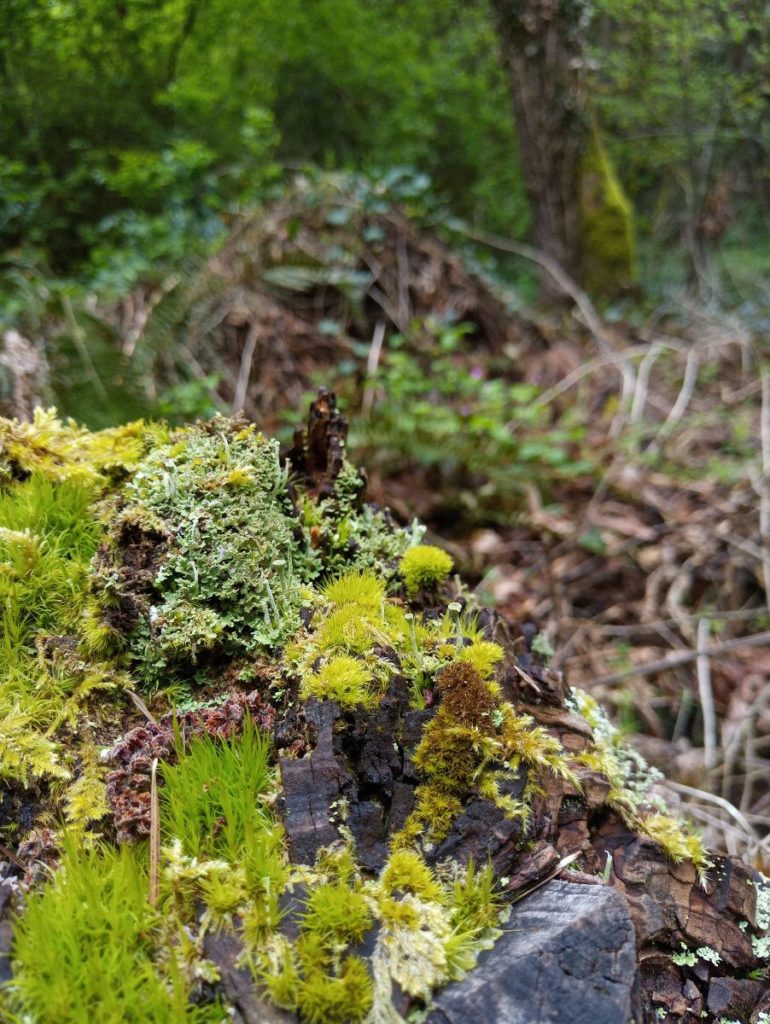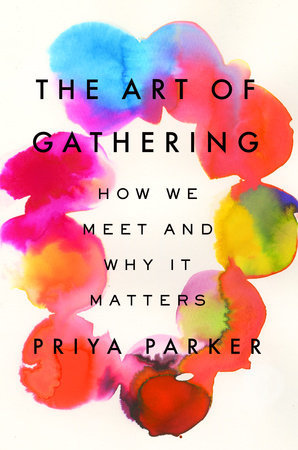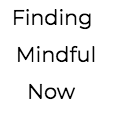
Moment of Mind
Hello all, Some mornings I get up and tears are fresh, at the surface, spilling over. I don’t always have a “this is why” explanation that tidily connects to some event that’s happening to me, right then. There aren’t always thoughts running through the mind as the source either.
This morning my partner reminded me that sometimes you just wake up like that. While this is true, it’s also true that sometimes this tear-releasing state of mind-body shows up fairly regularly on any given day. Sometimes it’s grief. Sometimes it’s joy. Sometimes it’s anger. Sometimes it’s beauty. Sometimes it’s pain. Sometimes it’s all of them combined.
So if you’re feeling all sorts of ways, know that I support you.
The last month..into this one…brought a lot.
I appreciated this offering from a young one on wishes (shared by their parent Ellen Wyoming Deloy), this offering from Leah K Walsh, and this one from Dandelions that I thought you might find supportive, so am sharing them here. Please subscribe to them if so moved.
The last few years I’ve noticed that there has been a pattern of reacting that I sometimes engage in. Of calling people to vent or rage, of launching emotions onto platforms through choicely worded social media posts…of generally projecting outward when feelings get big.
These days I’m seeing that it’s a long-held variation of fear-of-feeling that shows up in other ways in my life. While emotional release can be part of feeling, it can also be resistance or seeking escape with what’s there. And generally when I resist feeling there’s very little space for healing.
And if there’s no healing here, how limited is my contribution to healing anywhere?
In those reactive processes I noticed that while there may have been a short term outburst, I questioned how sustainable it was and if it *did* anything. What was its purpose? Who did it serve? I still share things on social media. I still call friends to vent. I still express what’s needing an outlet. This isn’t a judgment or negation. And there’s more curiosity now about what’s driving that behavior than there was before.
This most recent (I know this has been ongoing) round of intensity regarding racism and violence brought a slowing. I can’t tell you why. It overlapped with months of in-person teaching that has been one of my most difficult in my time as an educator. Questions arising about how do I best support young people as they transition from one often-dehumanizing system to another? And it overlapped with a level of mental anguish ratcheting up high enough that I called my therapist to get support after years of not seeing her.
Sometimes when we notice a pattern, that noticing is a surfacing of many years of unconscious readiness in the making. Sometimes it is part of the capacity to change. For sure what you don’t notice is a default that can’t change – because it’s not seen.
Directing attention is one of the main foundation elements of mindfulness practice. Adding intention to that attention can yield even more power.
Through training different forms of attention in mindfulness and other reflective practices, we learn to recognize the sensations, feeling states, and stream of thinking that shows up in these magnificent brain-bodies.
Meditating for me likely expanded the capacity to notice fluctuations in the mind (thoughts, feelings, emotions) – how there is almost a continual stream of thinking showing up in consciousness. Change as the only constant.
Mindfulness seems to be continuing to broaden capacity to notice sensations in the body – a deeper level of fluctuation.
Recently, inquiry about wholeness and separation is expanding capacity to be with all of it. It seems to be a retraining of this entire brain-body system. You may notice I’m not referring to that system as “me”. This doesn’t mean I’m dissociated or lacking embodyment. It’s not just talking strange (I am heavily trained against passive writing so this is intentionally to remove the “me” concept – from the discussion).
I’m inquiring on what if we’re more than a brain and a body?
This week I invite you to notice when and where you’re seeking space, slowing down, or resting.
When any emotion arises I invite you to notice where it is in the body – what does it feel like in the chest, in the skin, is the feeling in one spot or another? Can you find it? What happens when you breath into it?
I’d love to hear what you notice,
Tia
Love for Your Inner Science Activist Nerd

In March I shared about Kat Vellos’ great book, We Should Get Together. I recently joined her Connection Club membership to explore what it’s like to unpack what friendship as an adult means, how we’re all navigating it (it’s challenging for some of us!) and connect while we’re focused on nurturing those friendships. I feel like the pandemic became and excuse for me to be more isolated. While walking around with a highly sensitive system means I need a lot of recovery time – it doesn’t mean I want to be a recluse for life.
This newsletter includes another book I’ve really loved on connection by Priya Parker called The Art of Gathering. Like Kat’s book, I wish I had read this in a group so that each of us could have tested out some of the ideas and then talked about what we noticed. Here are some of my favorite things:
- Facilitation concepts applied to everyday life gatherings – Priya works as a mediator/facilitator with bigwigs, the kind that make major dollar decisions that affect millions of people. And the same things that are supportive to those folks gathering – guess what, it’s important for the rest of us. As a trained facilitator I loved how she wove what I recognized as theory into real life examples of groups convening for fun, for relationships, for ritual, for ceremony and more.
- Her chapter Don’t Be a Chill Host on generous authority is now required reading for my graduate level negotiation class. She helps explain the nuance of why something like group agreements in a meeting are a major structural support for communication. They are important for every gathering (even if they look different from group to group). And why communities don’t function well without social norms that are enforced!!! And why when someone breaks the norms it can feel harsh/excluding for you to hold them to the norm/guideline, and why you have to do it for the safety of the group. She includes examples of businesses and organizations that hold up these guidelines, for example the Alamo Drafthouse and its code of conduct. For anyone who struggles with group-wide boundary setting (l do) this is a must read. The humor and joy – she doesn’t just talk about policy summits (although there’s at least one example in there), she brings up gatherings I have never heard of that are at a grand scale that brings awe. Like Diner en Blanc, one of the largest and most diverse (while being accessible!) dinner parties on the planet She also brings up things I can do myself, see example below.
- “I Am Here Days” – this is an event involving one full day of exploring wherever you are visiting or currently live. It could be you and a partner, you and some pals, your family, your neighbors, etc. The goal of the day is to be present. Here are the rules:
- Turn off all technology all day unless it relates to the explorations (no social media checking)
- Be there from start to finish (come on time, stay the whole time, no coming/going) (10-12 hours)
- Choose an area that can be covered by foot/manual wheel Invite a small enough group to sit at one table for meals
- Take the weather into account
- One person agrees to be the “curator” and researches things to do ahead of time to create a specific experience
- Everyone else agrees to go along with the curator’s ideas
- Agree to be present and engaged in the group and what’s going on
- Have one conversation at meals
Priya writes that the two most important rules for a high degree of presence are no phones and being there the entire day, with whatever emerges.
Notice if any of these guidelines give the body a pucker of resistance. Why might that be? I could go on, and I think you should just read the book or take one of her courses!
Get Your Park Groove On
This week I want to name the micro gardens, the micro ecosystems outside that are all around us and invite you to go explore to see what you notice. See the image at the top as an example.
While research usually studies larger scale, “higher levels” of greenspace (areas where there’s more growing things and less pavement/concrete/buildings) relative to less I think viewing it as a dichotomy can give a false sense of better/worse.
All living systems are inherently intelligent. That is what life is: an undefinable energetic force animating cellular processes, knitting bones, dividing cells, extracting nutrients and creating them on repeat.
They all matter.
One of the interesting aspects of forest bathing is that it is also an ongoing mindfulness practice. When I first moved to the house where I live, which is on a busy street, the road noise was a major distraction. While there’s still a lot of sensitivity to it, I noticed this month that when I go outside to sit in the front yard, there’s a new capacity to tune attention into the life all around. Even as the cars go by.
So I invite you this week to find your mini “parks” and watch an ant move along its path, or feel the textures of flower petals when you bury your nose in them, or notice the sensations of a light mist of rain as it falls, or sit with a blanket around you and feel the variations of temperatures. What is life doing? What’s growing? Moving? Where is death creating fertility for new life?
I’d love to hear what you notice.
Much love,
Tia
Upcoming Events & New Offers
If you’re in the Portland area, consider joining me for one of the nature-based mindfulness walk opportunities that are up on the site. Several are in partnership with other organizations. Registration for the October Forest as Nourishment course is open!
| Copyright © 2019-2022, Finding Mindful Now LLC, All rights reserved. www.findingmindfunow.com, originally published on MailChimp with more information on current offerings. Some images or content lightly revised since initial publishing. |
